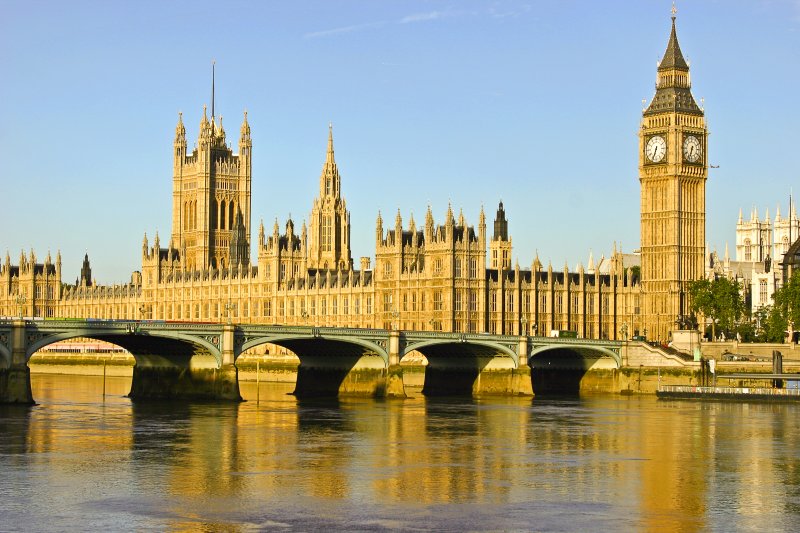My third day in Malaysia and I am still coming to terms with the culture shock when I am informed that lunch tomorrow is at a local restaurant. Cool, I love curry and now I get to taste the local culinary delights. Actually, I was not quite ready for Malaysian dining.
Dragon Temple Lane, not it’s real name but one given by local expat community, is a pulsating mecca for street food in Butterworth. The satay guy grills spicy chicken and beef strips on his home-made hibachi, while his wife delivers the orders to diners in nearby restaurants. Another seller pours his fresh squeezed juices into plastic bags, tying them shut around the straw to create a small juice carry-bag. But this is my first time here, and we are headed to Maju.
Maju is run by a Malaysian Air Force SNCO and his family, and his wife welcomes us in as old and valued customers (my friends come here often). The building has more in common with a stable than any Australian restaurant, the blue paint peeling off the rough wooden walls and the vinyl floor covering creaks and groans as our party overloads the flimsy floor boards. We gather at a long rustic, dilapidated really, and seat our selves on the long benches. Our host is in the corner washing banana leaves in the grubby sink before placing one in front of each of us.
I select a mutton curry, only latter did my friends point out that Malaysia has no sheep and that mutton is goat there, from the menu and my friends added a bewildering array of accompaniments to my order. Currying potatoes and beans appeared on my banana leaf along with cucumber salad, rice and frightening looking fried fish, cooked whole blackened by the spices and I’m informed eaten whole, head and all. I don’t think so, I will eat the rest then claim to be full–I’m sure no one will object.
Despite my misgivings about the cleanliness and food choices at Maju, I tucked into the curry. Our Malaysian colleagues deftly handled their food with practised finesse, creating a small ball of food in their fingers from the assembled choices. A few expats tried to emulate their dexterous eating style, food slipping from their hands to their clothes, imitating the eating style of small children. I stuck with a fork and spoon to shovel in the food.
After three servings–the fried fish still sitting forlornly on my leaf–my clothes started to tighten on my expanding middle and called a cease to my gorging. We headed back to work, and I quietly hoped that my first Malaysian meal did not result in my first food poisoning.
I survived and quickly attained status as a valued regular at Maju, eating there almost every week until tragedy closed its doors. I say tragedy because that is how we felt but the proprietors had to move to Kuala Lumpur for the husband’s continuing air force career. We headed down for one last meal, thanking out hosts and friends for their wonderful food. We had lost our place, we ate elsewhere in Dragon Temple Lane but Maju was special, and as we hugged them goodbye I had to fight back a tear.
Oh, and that fried fish – never did eat one.



